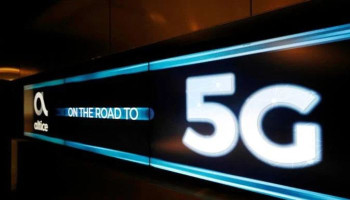
You've probably heard a lot of hype about Go5G, the new wireless network that promises to revolutionise the way we communicate, work, and play. But is it really worth it? Is it worth upgrading your phone, your plan, and your expectations?
What is Go5G and what it isn't?
First of all, let's clarify what Go5G is and what it isn't. Go5G is not just a faster version of 4G. It's a whole new technology that uses different frequencies, antennas, and protocols to deliver ultra-fast speeds, low latency, and high capacity. It's designed to support a massive number of devices and applications, from smartphones and laptops to self-driving cars and smart cities. It's also supposed to be more reliable, secure, and energy-efficient than previous generations of wireless networks.
But, is it even accessible?
Sounds amazing, right? Well, it is, but only if you have access to it. And that's the catch. Go5G is not widely available yet. It depends on where you live, what carrier you use, and what device you have. And even if you have all the right conditions, you may not notice a big difference in your everyday usage.
That's because Go5G is not a one-size-fits-all solution. It comes in different flavours, each with its trade-offs.
There are three main types of Go5G: low-band, mid-band, and high-band. Low-band Go5G uses frequencies below 1 GHz, which can travel far and penetrate walls but offer only modest speed improvements over 4G. Mid-band Go5G uses frequencies between 1 GHz and 6 GHz, which offer a good balance of speed, coverage, and capacity. High-band Go5G uses frequencies above 24 GHz, which can deliver blazing-fast speeds and huge bandwidths, but have very limited range and can be easily blocked by obstacles.
Experience varies
So what does this mean for you as a user? It means that your experience with Go5G will vary depending on where you are and what you do. If you live in a rural area or a suburb, you may only get low-band Go5G, which may not be much faster than 4G. If you live in a city or a dense urban area, you may get mid-band or high-band Go5G, which can offer significant speed boosts and lower latency. But even then, you may need to be close to a Go5G tower or hotspot to enjoy the full benefits.
And what about the applications that Go5G enables? Well, some of them are already here, such as video streaming, cloud gaming, and video conferencing. But others are still in development or testing stages, such as virtual reality, augmented reality, telemedicine, and smart grids. These are the applications that will truly showcase the potential of Go5G, but they may take years to become mainstream.
















